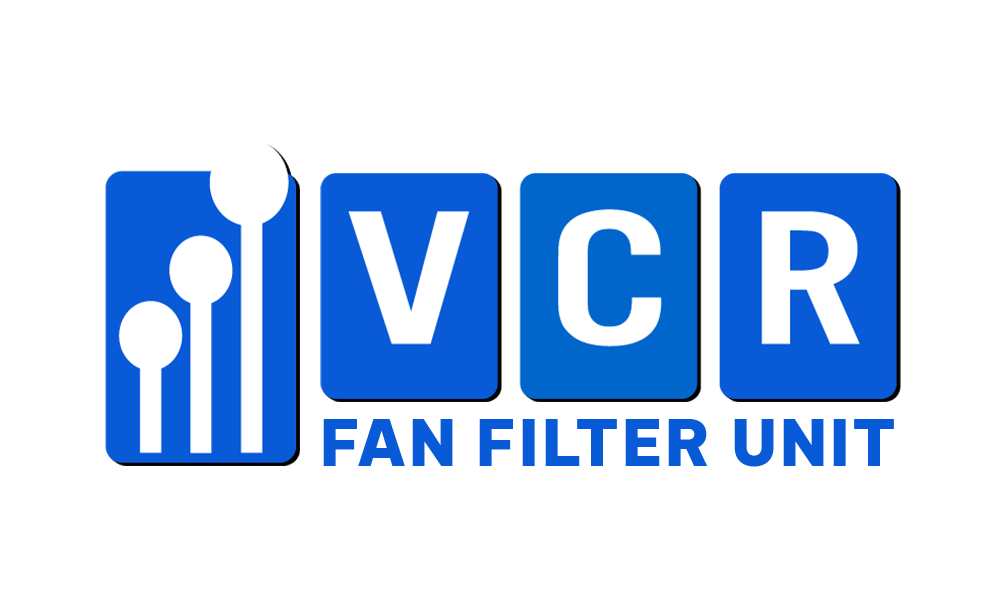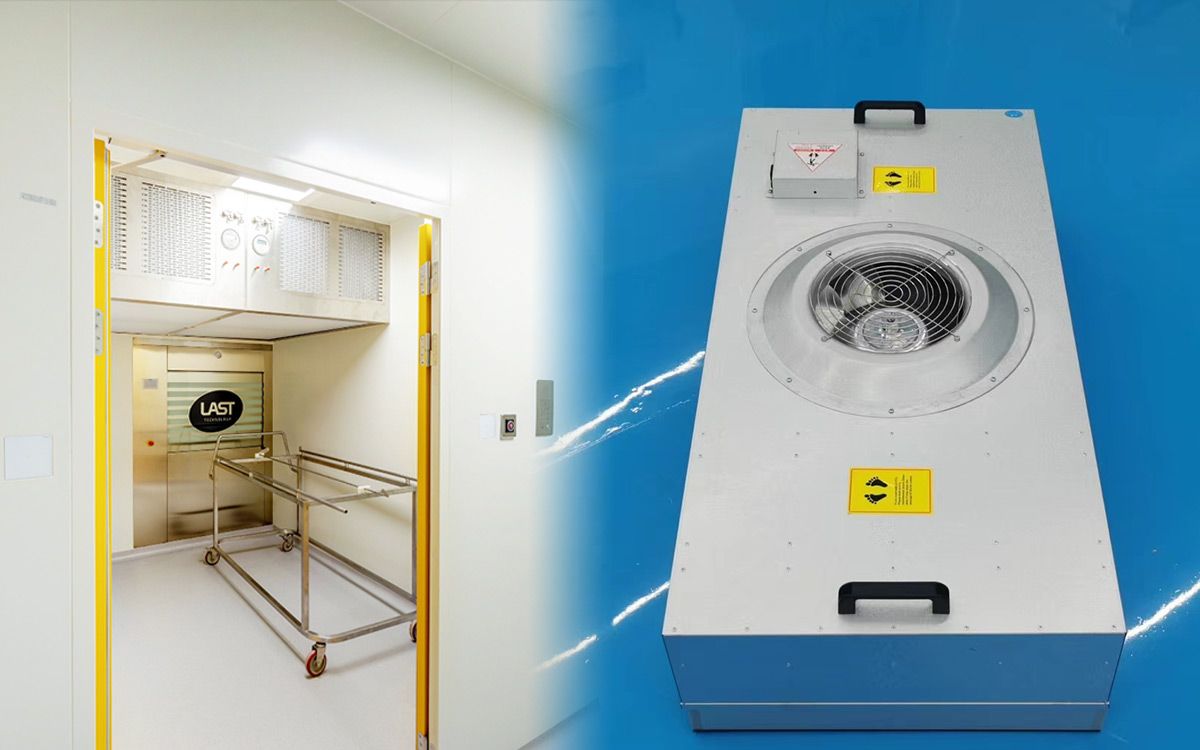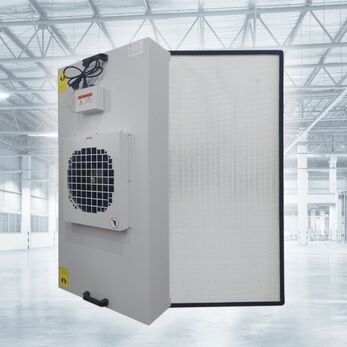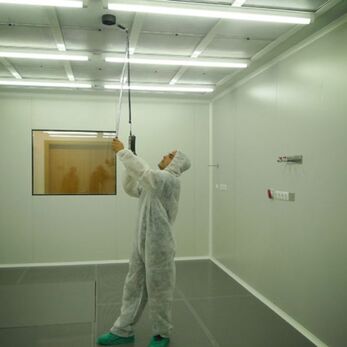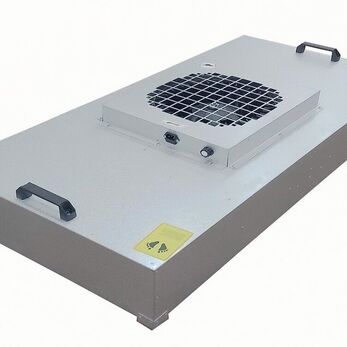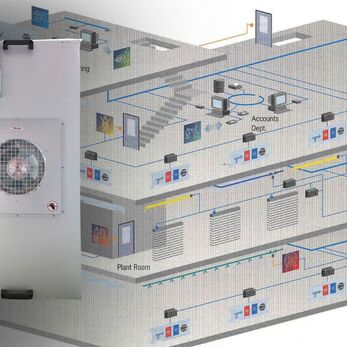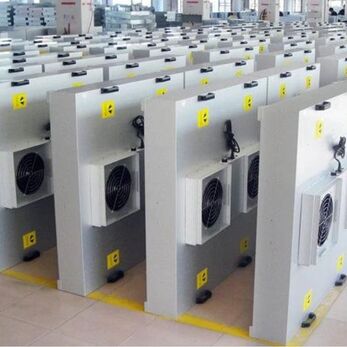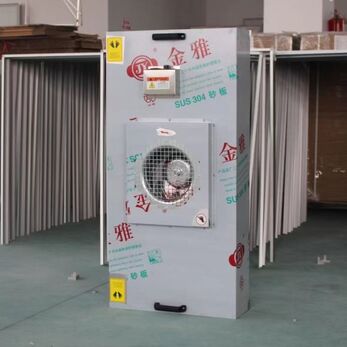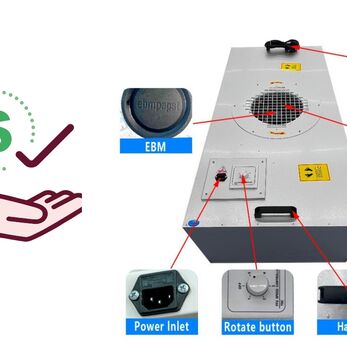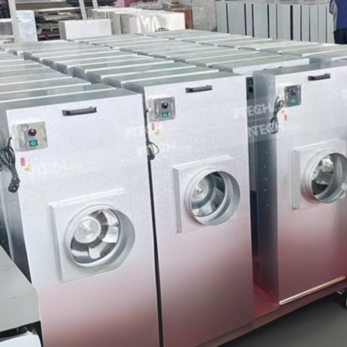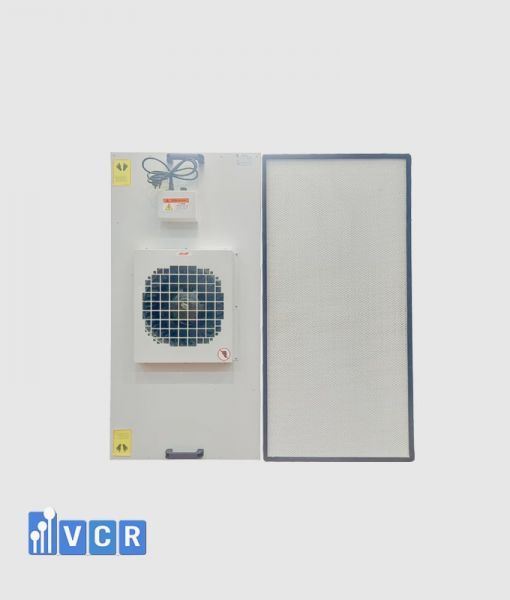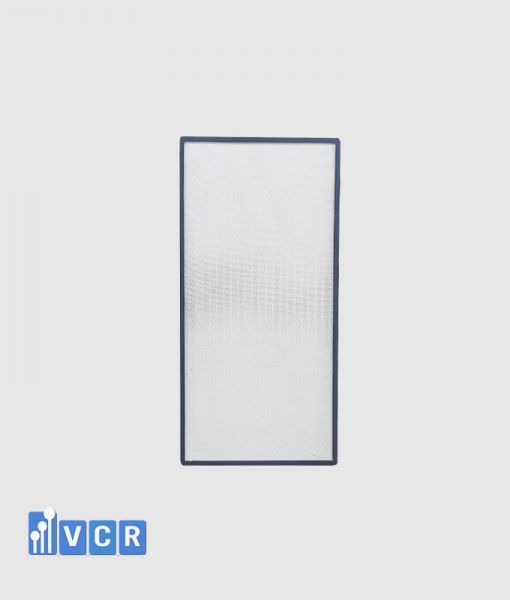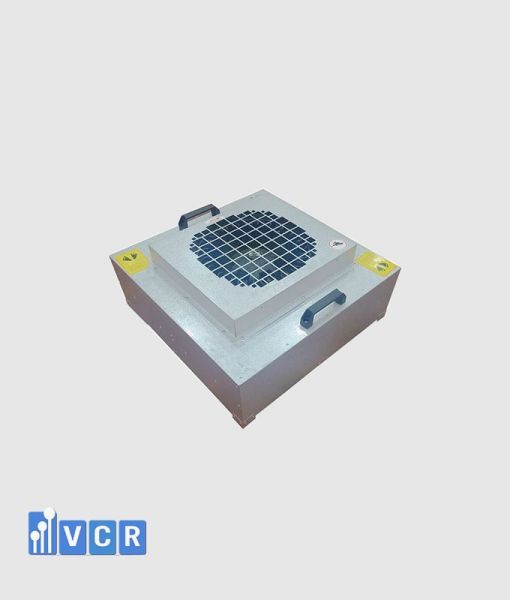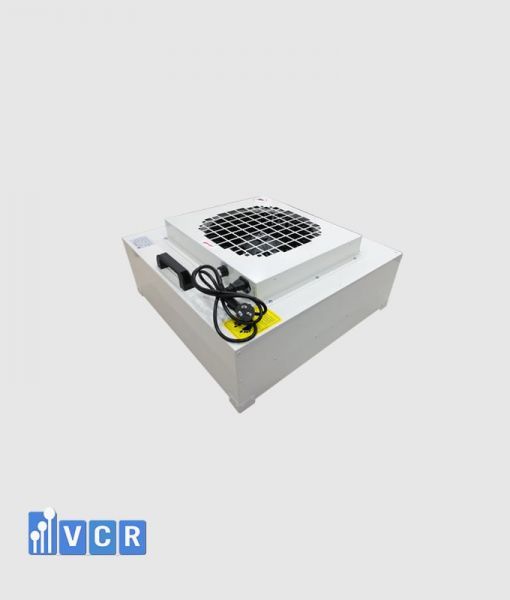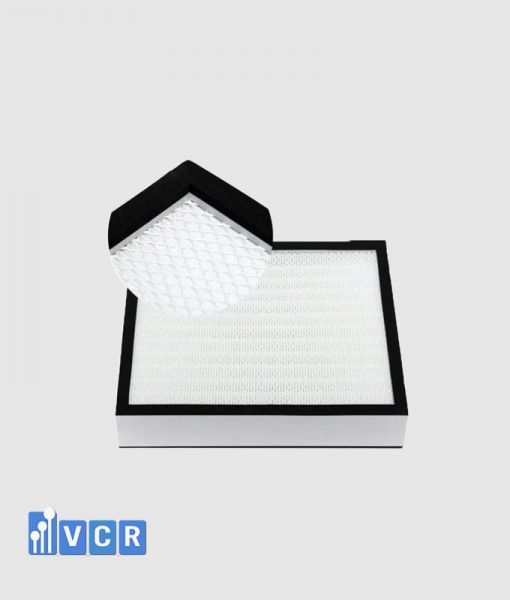When navigating the intricate world of cleanroom air purification, two terms frequently surface: Fan Filter Unit (FFU) and Laminar Air Flow (LAF). While both aim to provide pristine air conditions, their functionalities and applications differ significantly.
This article unveils the key distinctions between these cleanroom workhorses.
Core Concepts
- FFU: A self-contained air purifier equipped with a HEPA filter and fan, mounted directly on the ceiling of a cleanroom. It draws air from the surrounding environment, purifies it through the filter, and directs the clean air downwards in a non-directional flow.
- LAF: A specialized unit that creates a unidirectional and highly filtered air stream within a defined zone. It typically features a pre-filter followed by a HEPA filter, diffuser, and air supply plenum. LAFs are often integrated into cleanroom equipment like laminar flow hoods or dispensing booths.
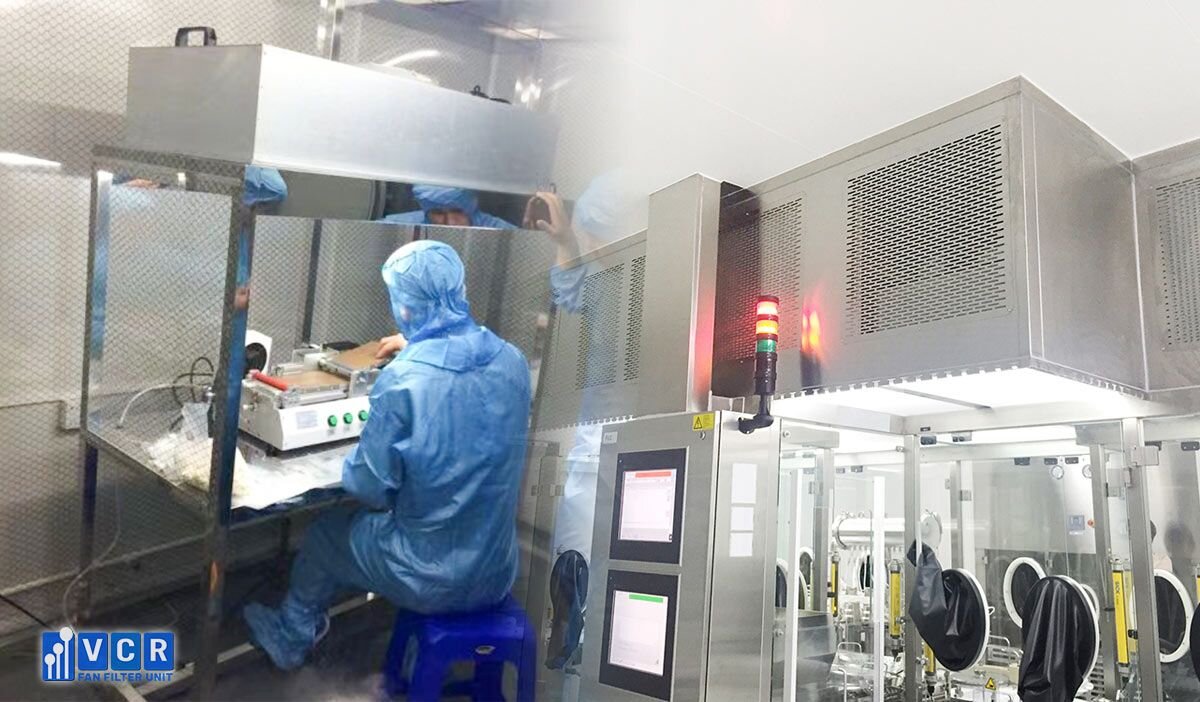
See more: What is FFU
Key Differences Between Fan Filter Unit and Laminar Flow Unit
- Structure: FFUs have a simpler design compared to LAFs, offering easier filter replacement due to their accessible HEPA filter placement. Conversely, LAFs boast diffusers for uniform airflow and enhanced aesthetics.
- Airflow pattern: FFUs generate a non-directional air distribution throughout the cleanroom, while LAFs produce a unidirectional, almost laminar flow in a specific zone.
- Applications: FFUs find broader application in cleanrooms of various sizes and cleanliness levels. They excel in new cleanrooms for initial contamination control and are preferred for large spaces due to their ceiling-mounted nature. LAFs, due to their focused airflow, are ideal for renovations, localized protection in sensitive areas, and small spaces within cleanrooms. They can also be integrated into equipment for targeted protection.
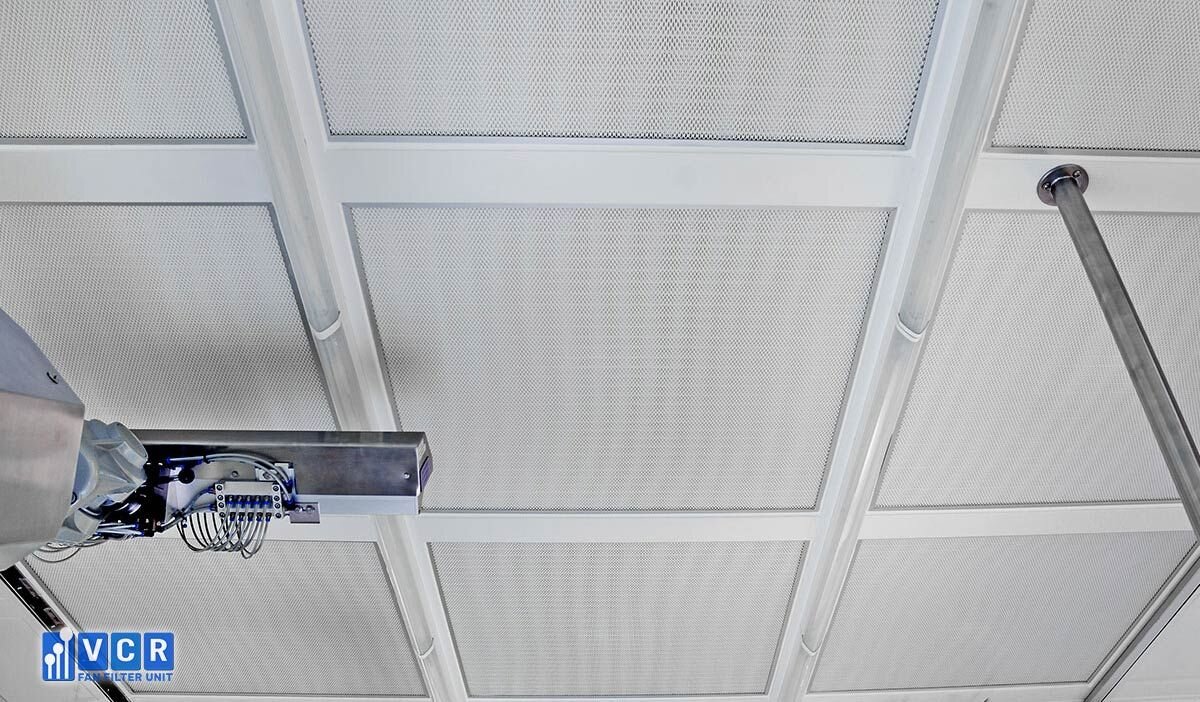
See more:
HEPA Filter Leak Testing in FFU
Additional Considerations
Noise and vibration: FFUs are generally quieter than LAFs due to their simpler design.
- Installation and maintenance: Both systems require professional installation and scheduled filter replacements. FFUs might be slightly easier to maintain due to their open filter access.
- Cost: FFUs typically have a lower initial cost compared to LAFs, making them economical for large-scale cleanroom applications.
Choosing the Right System
The optimal choice between FFU and LAF depends on your specific cleanroom needs. Consider factors like:
- Cleanliness level and size of the cleanroom
- Required airflow pattern (unidirectional vs. non-directional)
- Budget constraints
- Specific needs for localized protection
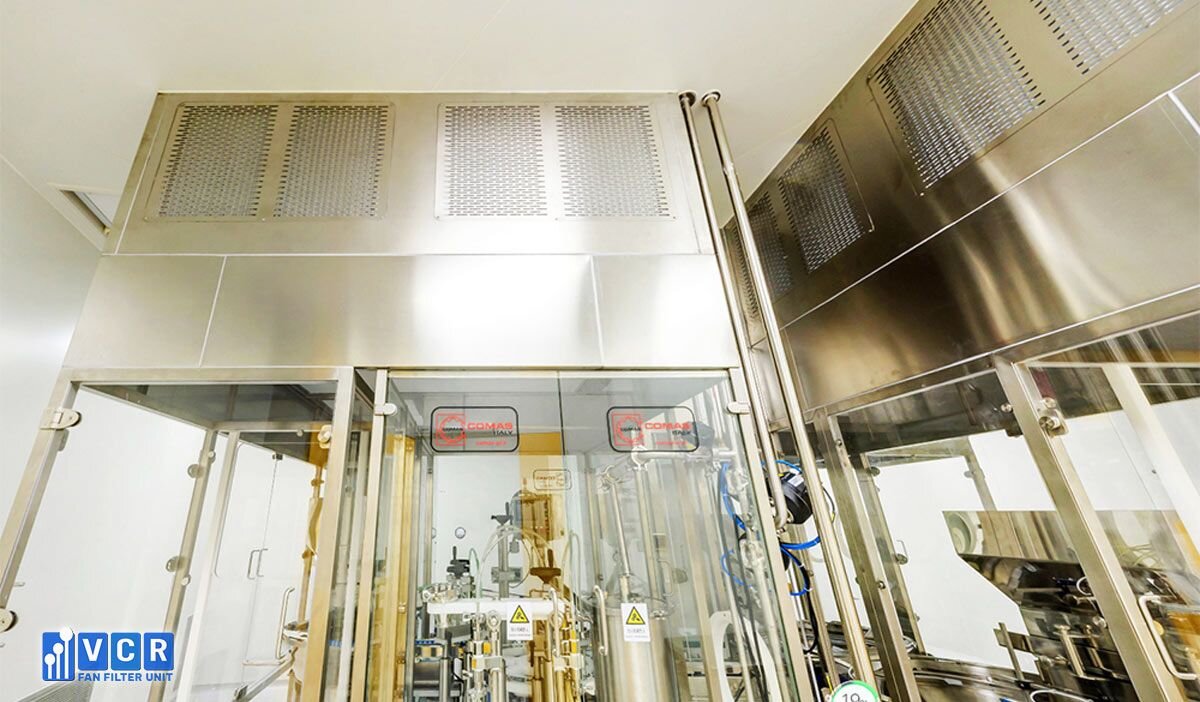
Consulting with a cleanroom expert can help you select the most suitable system for your unique requirements.
Remember, both FFU and LAF play crucial roles in maintaining cleanroom air quality, each with its own strengths and applications. Understanding their distinct features empowers you to make informed decisions for your cleanroom environment.
See more: FFU vs. HEPA Box


